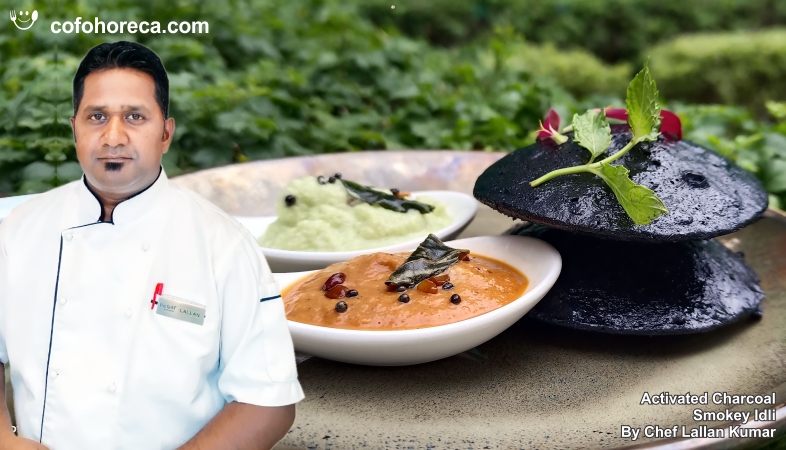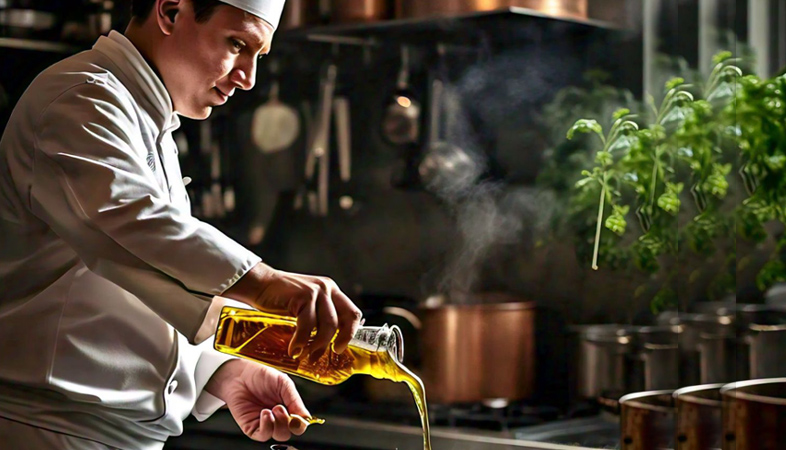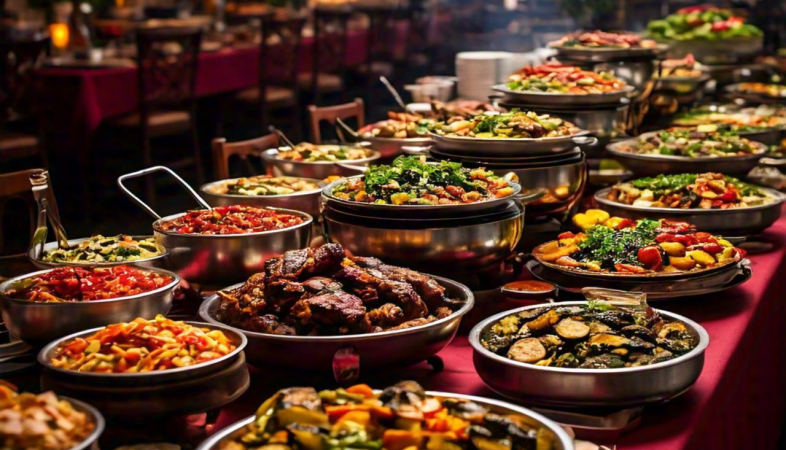SHARE
Commercials
More Posts
Feb 07, 2025
Cabinet Pudding - By Chef Indrajit
Jul 08, 2025
Green Hotels: Implementing Eco-Friendly Initiatives
Feb 07, 2025
Cabinet Pudding - By Chef Indrajit
Jul 08, 2025
Green Hotels: Implementing Eco-Friendly Initiatives
Feb 07, 2025
.png)




























